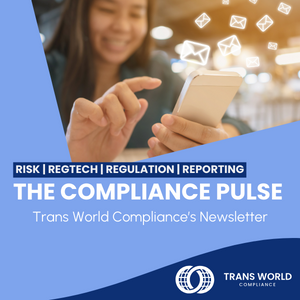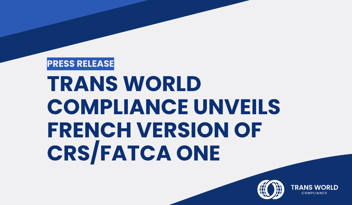02 | Making it hard to comply
Studies have shown that litter can be reduced with a higher density of trash cans. It’s not that people want to litter. Generally, they want to do the right thing but also want it to be convenient. This is true of compliance, as well. Take FATCA and CRS reporting. People want to do the right thing and report foreign-owned accounts to their financial institutions. However, the harder it is to do the reporting, the less likely the tax authority will have to achieve a high level of compliance. For example, several tax authorities have systems that require fully formed XML.
For those who are uninitiated to XML, data is presented in a series of elements, in brackets. For example, the following is an XML representation of a person’s name:
<crs:Name>
<crs:FirstName>Philip</crs:FirstName>
<crs:MiddleName>D</crs:MiddleName>
<crs:LastName>Spring</crs:LastName>
</crs:Name>
There is an element start, some data, and the element end. Each element must be appropriately named and formatted correctly. Any mistake and the XML will fail the schema verification and be rejected.
For those smaller financial institutions that may not have a dedicated IT department or even larger firms attempting to submit a large number of reports, any minor typo or mistake can cause the entire file to fail.
This is why Trans World Compliance’s automated software solutions allow financial institutions to report manually, or via Excel or XML. Small companies can report zero or a small number of reports manually; companies of any size can report via Excel. In contrast, those with systems that automatically generate XML or where headquarters might prepare an XML file can report using fully formatted XML.
President and Founder
TWC's Spotlight
Blog | Understanding Taxpayer Identification Numbers (TINs): What You Need to Know
A TIN is a crucial identifier for individuals and businesses when it comes to tax-related matters. In our latest blog post we dived into understanding TINs, their significance, and how they impact financial and compliance-related activities.
Click here to read the blog post.
.png?width=700&height=408&name=095_EN_B_Understanding%20Taxpayer%20Identification%20Numbers%20(TINs).png)
Upcoming Events and Webinars
Event | Día del Compliance Officer 2023
Our team will be at ASCOM’s Compliance Officer Day on November 29 and 30. An opportunity to learn about the latest developments and discuss issues of interest related to the figure of the Compliance Officer.
If you happen to be at the conference, make sure to stop by our stand. We would love to have a chat with you!
Industry News

1. Four jurisdictions have successfully stepped off the FATF increased monitoring list
This list is also informally known as the "gray list".
Kudos to Albania, Cayman Islands, Jordan and Panama.
When the FATF places a jurisdiction under increased monitoring, it signifies that it has promised to promptly address any strategic flaws found within the designated timeframes and is under closer scrutiny.
Jurisdictions that are still under increased monitoring should actively work with the FATF to address strategic deficiencies in their regimes to counter money laundering, terrorist financing, and proliferation financing.
Click here to read the press release.
2. The Global Forum published eight new peer review reports on transparency and the exchange of information on request.
The jurisdictions reviewed were Botswana, Dominica, Latvia, Mauritania, Pakistan, Poland, Serbia and Thailand.
The Global Forum of the OECD oversees and conducts peer reviews of the application of the international standard for automatic information exchange and exchange of information on request (EOIR).
Every jurisdiction's legal and regulatory environment is evaluated, along with how well the EOIR framework is being applied in reality. An overall rating as well as ratings for each of the crucial components are the end results.
Click here to access the peer reviews
A final thought

At TWC, we are committed to helping you navigate the ever-changing landscape of compliance and regulations. Whether you have questions, require assistance, or seek innovative solutions, we support you.
Don't hesitate to Contact Us for all your compliance needs. Our team of experts is ready to assist you.
Thank you for being a part of our compliance community. Together, we can stay fully compliant and drive excellence in the world of regulatory technology.






